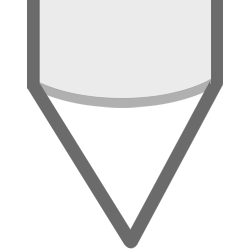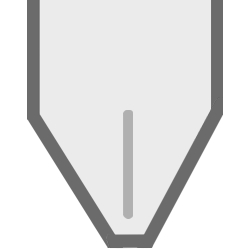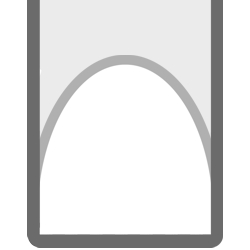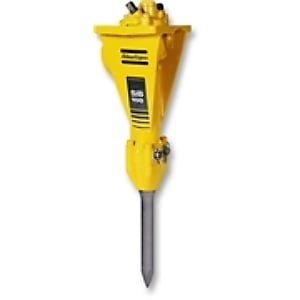
Pecker Point & Breaker Chisel Steels for Digger Rig Mounted Hydraulic Peckers
Breaker Point & Chisel Steels for Rig Mounted Hydraulic Pecker Points. Organised by Breaker Unit Brand (not Digger Brand) for Quick Reference. Large stocks, Quick delivery.
Breaker Point & Chisel Steels for Rig Mounted Hydraulic Pecker Points. Organised by Breaker Unit Brand (not Digger Brand) for Quick Reference. Large stocks, Quick delivery.
Most Visited Categories
 Points & Chisels for Arrowhead
Points & Chisels for Arrowhead
 Points & Chisels for Atlas Copco / Epiroc
Points & Chisels for Atlas Copco / Epiroc
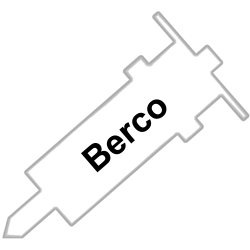 Points & Chisels for Berco
Points & Chisels for Berco
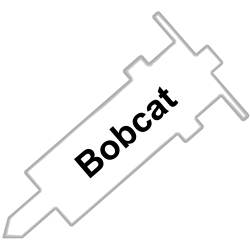 Points & Chisels for Bobcat
Points & Chisels for Bobcat
 Points & Chisels for Case
Points & Chisels for Case
 Points & Chisels for Caterpillar
Points & Chisels for Caterpillar
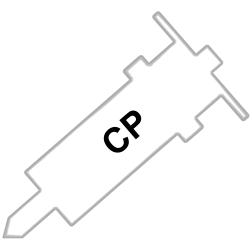 Points & Chisels for Chicago Pneumatic
Points & Chisels for Chicago Pneumatic
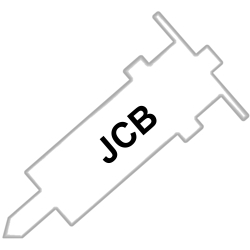 Points & Chisels for JCB
Points & Chisels for JCB
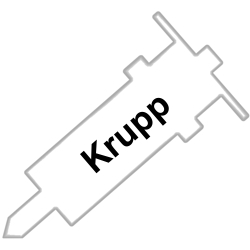 Points & Chisels for Krupp
Points & Chisels for Krupp
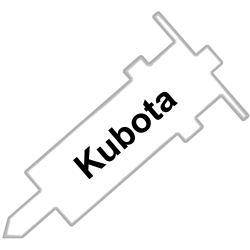 Points & Chisels for Kubota
Points & Chisels for Kubota
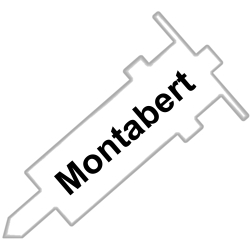 Points & Chisels for Montabert
Points & Chisels for Montabert
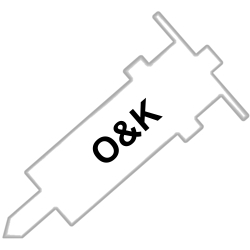 Points & Chisels for O&K
Points & Chisels for O&K
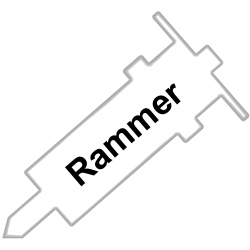 Points & Chisels for Rammer
Points & Chisels for Rammer
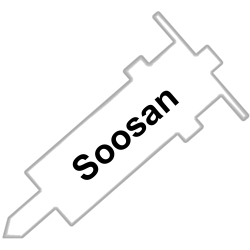 Points & Chisels for Soosan
Points & Chisels for Soosan
 Points & Chisels for Stanley
Points & Chisels for Stanley
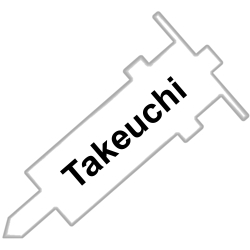 Points & Chisels for Takeuchi
Points & Chisels for Takeuchi
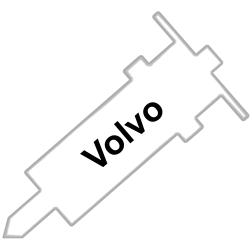 Points & Chisels for Volvo
Points & Chisels for Volvo


